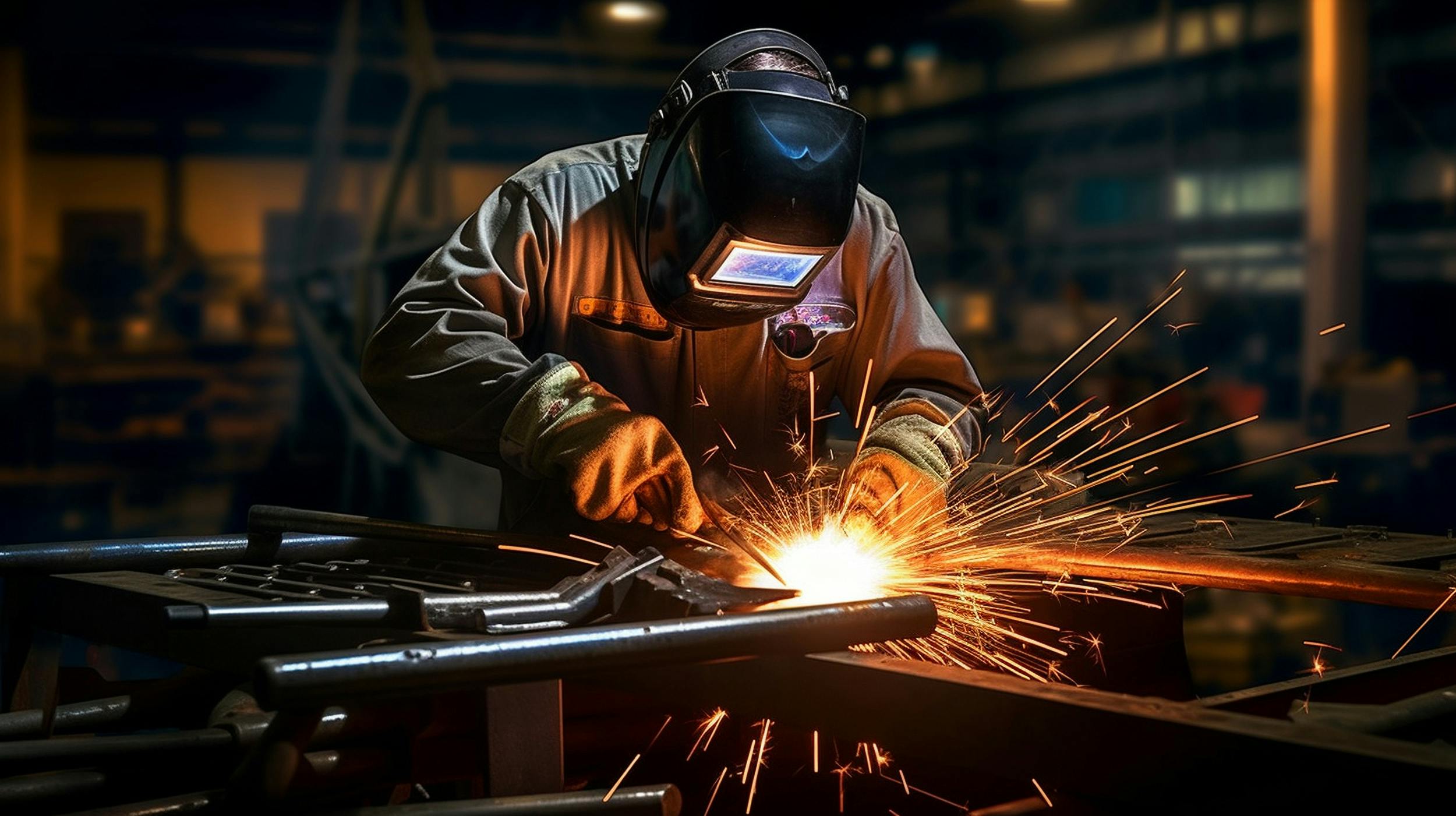While numerous techniques exist, MIG (Metal Inert Gas) and TIG (Tungsten Inert Gas) welding stand out as two of the most popular and proficient methods. Each boasts unique strengths and ideal applications, making them indispensable tools for diverse industries.
Diving into MIG:
MIG, also known as GMAW (Gas Metal Arc Welding), is renowned for its speed and efficiency. A continuously fed wire electrode acts as both filler metal and conductor, creating a smooth, spatter-free arc shielded by inert gas. This automated process makes it perfect for:
- High-volume manufacturing: Assembly lines in automotive, construction, and shipbuilding sectors heavily rely on MIG's swiftness to weld large structures like frames and pipelines.
- Thicker materials: Its intense heat penetration excels at joining thicker gauge steel, aluminum, and stainless steel, making it ideal for heavy equipment fabrication and pressure vessel construction.
- Out-of-position welding: The ease of manipulating the torch allows for welding in various positions, crucial for shipbuilding, repair work, and intricate structures.
Beyond speed, MIG offers:
- Versatility: It effortlessly welds various metals, making it a go-to choice for diverse workshops and fabrication needs.
- Cost-effectiveness: The continuous wire feed minimizes filler metal waste and requires less cleaning, translating to lower per-weld costs.
- Learning curve: Compared to TIG, MIG is easier to learn due to its automated wire feed and forgiving nature.
TIG: Unveiling Precision
TIG, also known as GTAW (Gas Tungsten Arc Welding), shines in situations demanding meticulous control and aesthetics. Unlike MIG, the filler metal is fed manually, allowing for intricate welds on thin materials. The tungsten electrode and inert gas shield create a clean, focused arc, ideal for:
- Thin materials: From delicate aircraft skins to intricate jewelry, TIG's precision excels at welding thin gauges of stainless steel, aluminum, and even exotic metals like titanium.
- High-quality welds: The clean, controlled arc produces visually appealing welds with minimal oxidation, perfect for food processing equipment, architectural applications, and decorative pieces.
- Dissimilar metals: Its precise heat control allows for joining dissimilar metals that MIG might struggle with.
TIG's additional strengths include:
- Cleanliness: The minimal spatter and fumes make it ideal for applications where cleanliness is paramount, such as food or medical equipment.
- Penetration control: The ability to fine-tune the arc heat allows for deep penetration welding even on thin materials.
- Wide material applicability: From ferrous to non-ferrous metals, TIG handles a vast range of materials with excellent results.
Choosing the Right Tool:
Both MIG and TIG offer distinct advantages, making the best choice project-specific. Consider these factors:
- Material thickness: MIG for thicker sections, TIG for thinner gauges.
- Required precision: TIG for meticulous welds, MIG for faster, less demanding applications.
- Aesthetics: TIG for visually appealing welds, MIG for more industrial applications.
- Production speed: MIG for high-volume output, TIG for slower, detail-oriented work.
- Cost: MIG is generally more cost-effective, while TIG requires more skilled labor and consumables.
By understanding the strengths and applications of MIG and TIG welding, you can unlock their potential for diverse projects, ensuring efficient, high-quality results. Whether you're a seasoned welder or just starting out, these versatile tools offer unparalleled control and power, shaping metal into anything your imagination can envision.
